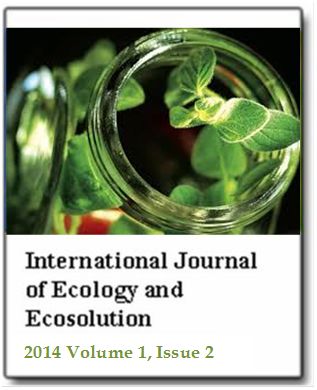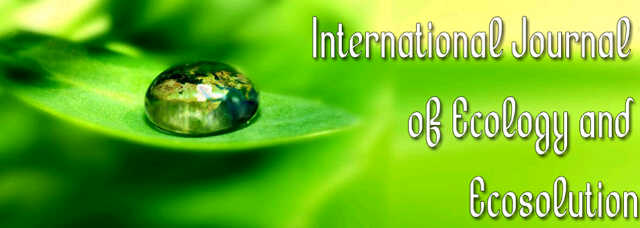Are stingless bees the primary vector in spread of banana Xanthomonas wilt in Central Uganda?
Flora N. Namu and Dieter WittmannInternational Journal of Ecology and Ecosolution
Published: September 1 2014
Volume 1, Issue 2
Pages 52-60
Abstract
Stingless bees were speculated to be the primary vectors in the spread of the bacterial agent responsible for banana Xanthomonas wilt (BXW) in Uganda. It was hypothesized that the vector entered the banana plant through the male flowers. We therefore determined the likely role of the bees in spread of Xanthomonas campestris pv. musacearum that causes BXW. We first documented species of stingless bees present in the banana farms, their nesting sites and foraging behavior. Then we documented the foraging behavior of Hypotrigona gribodoi - Magretti and Plebeina hildebrandti Friese reared in wooden observation hives where we offered banana sap, bacterial ooze and nectar. We then measured sugar concentration in Pisang Awak, the banana variety reported to be most susceptible to Xanthomonas. We tested how far stingless bees would fly to collect banana nectar through indirect recruitment experiments to experimental feeders with 11, 33, 48 and 54% sugar solutions. Our findings were: four species of stingless bees, Hypotrigona gribodoi, Plebeina hildebrandti, Meliponula ferruginea Lepeletier and Meliponula sp. foraged and nested within the banana farms. They collected nectar from both male and female banana flowers but spent more time on female flowers than on male flowers. They did not collect banana sap and bacterial ooze from scars of recently dehisced male flowers and at the nest entrance of the observation hives. The foraging distance of workers of P. hildebrandti was 1050 and 1215 m when sugar solutions 11 and 33% were offered, respectively. The foragers would therefore fly less than 1215 m from the nest to collect Pisang Awak nectar which had an average sugar concentration of 12.5%. Thus stingless bees were likely to get accidental contamination with Xanthomonas campestris pv. musacearum just like any other moving object or insects. If the bees got accidentally contaminated with Xanthomonas, saps and resins within the nest would decontaminate them.
Keywords: Stingless bees, vectors, Xanthomonas, sugar, nectar.
Full Text PDF
